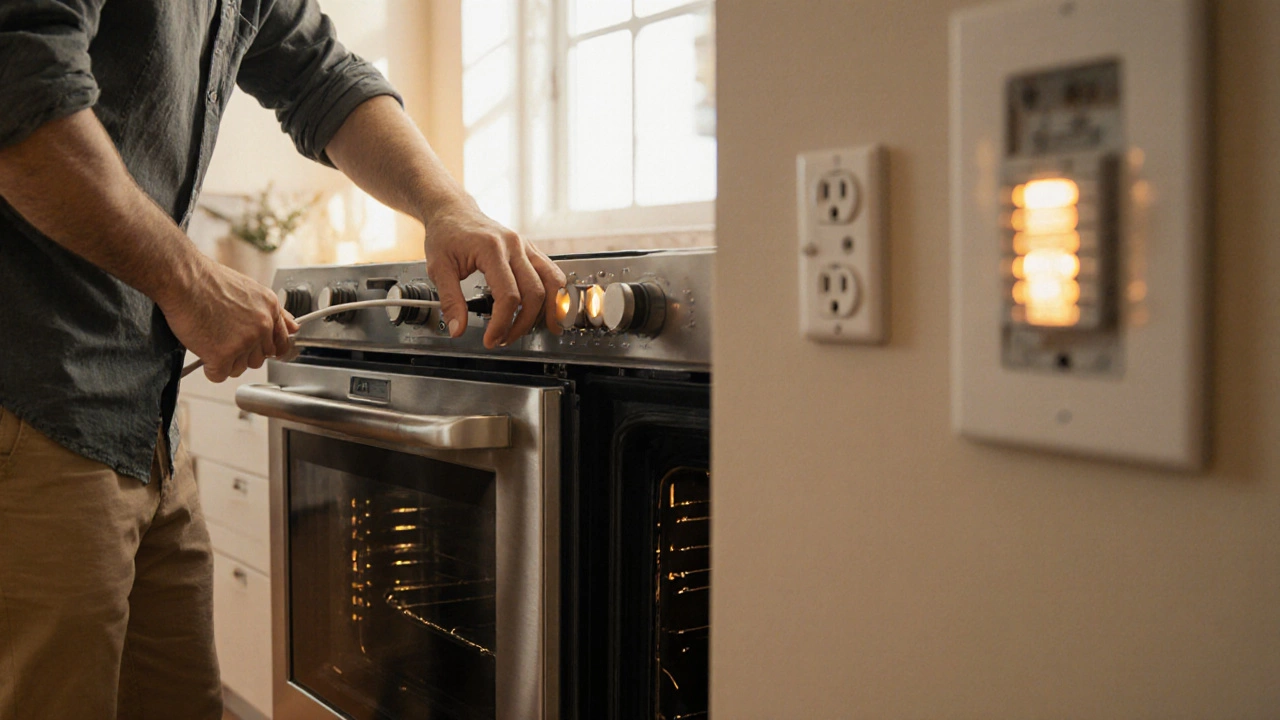Circuit Breaker Essentials for Home Appliances
When dealing with home electricity, the circuit breaker, a switch that automatically stops current flow when a fault occurs. Also called a breaker, it protects wiring and devices from damage. The electrical panel, the metal box that groups all breakers in a house houses these safety devices, while overload protection, the function that trips the breaker when a circuit draws too much current prevents fires and blown fuses. A ground fault circuit interrupter (GFCI), a specialized breaker that detects leakage to ground adds an extra layer of safety in wet areas. Finally, when an appliance stops working, a qualified appliance repair technician often starts by checking the circuit breaker to rule out power issues.
Why does all this matter? If a dryer keeps tripping the reset button, it’s usually the breaker reacting to an overload or a short. The same goes for a dishwasher that won’t start – the breaker may have shut off to protect the motor. Understanding how a breaker works lets you spot these clues before calling a pro, saving time and money. For example, a GFCI outlet will pop when water seeps into a washing machine’s wiring; resetting it without fixing the leak just repeats the problem. Knowing the difference between a standard overload trip and a GFCI fault helps you choose the right fix.
Key Points to Keep Your Breakers Working
First, never ignore a breaker that trips repeatedly. It’s a sign of an underlying issue – either a faulty appliance, a damaged cord, or a wiring problem. Second, make sure your electrical panel isn’t overloaded. Adding too many high‑draw devices to one circuit can force the breaker to shut down, especially during peak usage like running a washer and a dryer together. Third, test GFCI outlets monthly by pressing their test button; a failure indicates a need for replacement, not just the appliance.
When you do need to reset a breaker, flip it fully to the OFF position before turning it back ON. This clears any residual fault and ensures the mechanism re‑engages correctly. If the breaker trips again immediately, stop the reset and inspect the connected appliance for signs of damage – burnt smells, spark marks, or loose connections. At this point, calling a certified technician is the safest route. They’ll use a multimeter to confirm whether the fault lies in the appliance or the house wiring.
Most homeowners can handle simple checks: locate the panel, identify the tripped breaker (it will sit in the middle position), and see if any devices on that circuit are drawing more power than usual. If you’ve recently added a new appliance, try unplugging it and resetting the breaker. If the circuit stays stable, the new device may need a dedicated line or a higher‑rated breaker. Always respect the breaker’s amp rating – swapping a 15‑amp breaker for a 20‑amp one without rewiring can create a fire hazard.
In short, a circuit breaker is the first line of defense for every appliance in your home. By recognizing its role, testing GFCI outlets, and avoiding overloads, you keep your kitchen, laundry, and bathroom running smoothly. Below you’ll find a curated collection of articles that dive deeper into water heater resets, oven element swaps, fan replacements, and more – all tied together by the common thread of safe, reliable electrical operation.
Why Your Electric Oven Stopped Working and How to Fix It
0 Comments
Learn why your electric oven stopped heating, diagnose power, element, thermostat, and control board issues, and know when to repair yourself or call a pro.
Read More